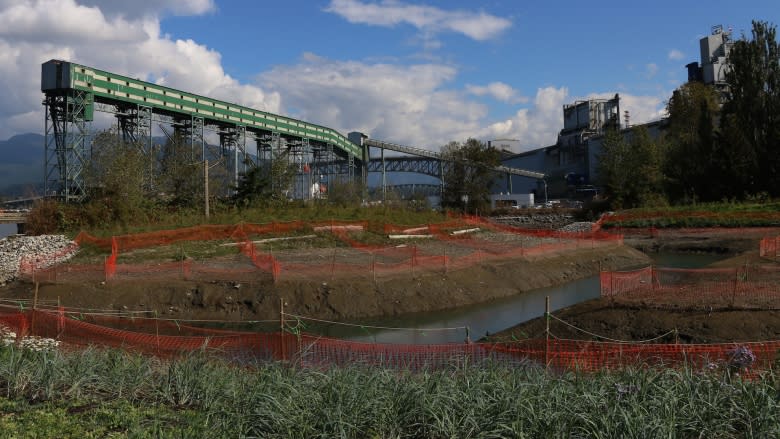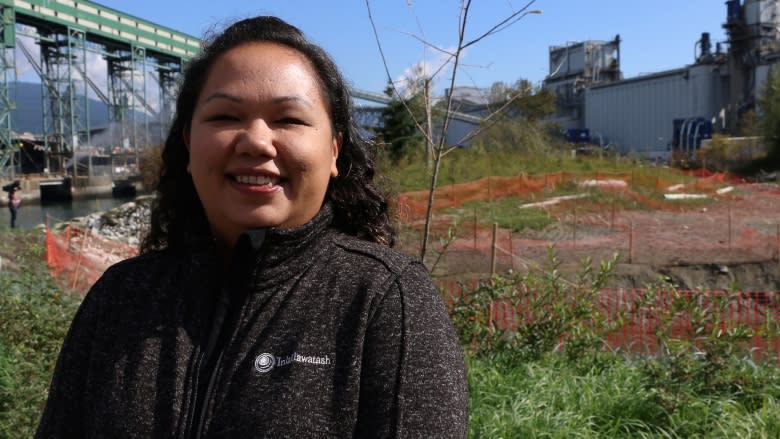Vancouver's New Brighton Park salt marsh now complete
A $3.5 million waterfront restoration project is now complete at East Vancouver's New Brighton Park, giving wildlife a new place to flourish and park goers a more natural setting in which to hang out.
The salt marsh was funded by the Vancouver Fraser Port Authority and the Vancouver Park Board, which pitched in $400,000. The three local first nations, Squamish, Musqueam and Tsleil-Waututh, were also involved in the project.
The salt marsh was oringially set to cost $3 million, with completion set for last spring.
"This is just one component of a phase that's going to have water come all the way from Hastings Park, so this is creating a greenbelt that's going to come down from Hastings," said park board chair Michael Wiebe.
Even in its barely-finished state, juvenile salmon have already been reported in the new waterway. However, Canada geese have been eating many of the plants that have been put in, leaving the new shoreline looking barren and surrounded by plastic orange fences, according to park board officials.
"The Port Authority has a long term program to build, restore or enhance habitat throughout the Lower Fraser basin area," said Vancouver Fraser Port Authority vice president of infrastructure Cliff Stewart.
"We do it because the port authority and the port operation, in the long term, is something that we're looking to create a sustainable balance, so that we can work and grow, while at the same time avoiding impacts on the ecosystem," said Stewart.
"One of the ways to do that is to have habitat built and waiting in the bank, so that when we need to build facilities in the future, we've already, in essence, mitigated the impacts."
Wiebe said the park board is looking to partner with the port authority on another project — this one at Crab Park, where the port is planning to expand its Centerm facility.
"The port is looking to take a little bit of Crab Park to the east, so we're currently working on what we could do to enhance Crab Park, make it larger, utilize the other side, do a biodiversity project as well," said Wiebe.
First Nations taking part
The Indigenous inclusion in the New Brighton project is prominent, with the interpretive signs around the park including Indigenous words for the native plants and animals being reintroduced to the park.
Michelle George is with Tsleil-Waututh nation. She was involved in the project from an early stage.
"I find that in history, First Nations have been left out of the history books," said George. "It isn't until recently that we've been working on informing the general public on who we are, where we've been."
"A big part of the signage is helping putting out that message that we're still here and we're still alive and thriving."
"For the last 150 years, we've watched industry and other things devastate our natural resources and being able to restore a section of the inlet and see wildlife come back is huge," said George.
"It's something that my grandparents wanted to see and the fact that I'm able to see it in my lifetime is a great accomplishment."
Follow Rafferty Baker on Twitter: @raffertybaker



